Best Time to Visit North Vietnam: Weather by Month & Season Guide
The best time to visit North Vietnam is from October to April, when the weather is cool, dry, and pleasant for all kinds of travel. These months bring clear skies, mild temperatures, and fewer chances of rain, making them perfect for cruising in Halong Bay, sightseeing in Hanoi, or exploring mountain towns like Sapa and Ha Giang. Spring and autumn are especially beautiful, with blooming flowers or golden rice terraces painting the landscapes in vibrant colors.
North Vietnam has something special to offer year-round. A classic North Vietnam route often includes Hanoi, Halong Bay, Sapa, and Ninh Binh, each offering a unique travel experience. Here’s a closer look at what each season brings to the region, so you can plan your trip around the experiences you value most.
![]() Where Is North Vietnam? The Most Iconic Tourist Destinations
Where Is North Vietnam? The Most Iconic Tourist Destinations
![]() The General Climate Features of North Vietnam
The General Climate Features of North Vietnam
![]() Best Time to Visit North Vietnam: Spring (March–May) & Autumn (September–November)
Best Time to Visit North Vietnam: Spring (March–May) & Autumn (September–November)
![]() Winter in North Vietnam (December – February): perfect for City Exploring & Cultural Tours
Winter in North Vietnam (December – February): perfect for City Exploring & Cultural Tours
![]() Is Summer (June–August) the Worst Time to Visit North Vietnam?
Is Summer (June–August) the Worst Time to Visit North Vietnam?
![]() Best Time to Visit North Vietnam for Festival Activities: February to April
Best Time to Visit North Vietnam for Festival Activities: February to April
Where Is North Vietnam? The Most Iconic Tourist Destinations
North Vietnam lies in the northernmost part of the country, bordered by China to the north and Laos to the west. The region covers roughly one-third of Vietnam’s total area and is known for its diverse landscapes. North Vietnam includes key destinations like Hanoi, Halong Bay, Sapa, and Ha Giang.
Hanoi is the main gateway to any North Vietnam tour. It’s located about 1,760 kilometers north of Ho Chi Minh City and is well connected by air and rail. The city blends French colonial charm with ancient temples and vibrant street life.
Halong Bay is around 170 kilometers east of Hanoi. It takes about 3–4 hours to reach by car or bus. This UNESCO World Heritage Site is known for its emerald waters and thousands of limestone islands. Most visitors enjoy overnight Halong Bay cruises or kayaking among the karsts.
Sapa lies about 320 kilometers northwest of Hanoi, near the Chinese border. It takes 5–6 hours by expressway or overnight train. It’s famous for rice terraces, ethnic minority villages, and trekking routes.
Ha Giang is the northernmost province, about 300 kilometers from Hanoi. The journey takes 6–8 hours by road. It’s less touristy but incredibly scenic. The Dong Van Karst Plateau and Ma Pi Leng Pass offer dramatic landscapes. It’s a top spot for motorbike loops and adventure travel.

The map of location and main tourist cities in northern Vietnam.
The General Climate Features of North Vietnam
The North Vietnam best time to visit largely depends on its unique seasonal patterns, varied geography, and overall Vietnam climate. The region experiences four clear seasons: spring from February to April, summer from May to August, autumn from September to November, and winter from December to January.
Stretching from the Red River Delta to the highlands near the Chinese border, North Vietnam blends both tropical and temperate climates. Average temperatures range between 15°C and 25°C, dropping to the lowest point in January and peaking in July. The higher you go, the cooler it gets, especially in mountain towns like Sapa and Ha Giang.
Rainfall varies between 1,200 mm and 3,000 mm a year, with the heaviest rain from May to October and the driest stretch from November to April. Areas along the eastern coast and northern hills tend to get more rain than the inland valleys. Humidity stays high year-round, usually between 75% and 85%. It’s most humid in July and least in January, making it important to plan your Vietnam tour according to the weather.
Here's a quick look at North Vietnam’s weather each month:
|
Month |
Temp (°C) |
Rainfall |
Best For |
|
January |
10-15 |
Low |
City tours, cultural sites |
|
February |
12-17 |
Low |
Festivals, trekking |
|
March |
15-22 |
Moderate |
Sapa trekking, Halong Bay cruises |
|
April |
20-28 |
Moderate |
Outdoor exploration |
|
May |
25-32 |
High |
Hanoi only |
|
June |
28-35 |
High |
Avoid mountains |
|
July |
28-35 |
Very high |
Avoid mountains |
|
August |
28-34 |
High |
Avoid mountains |
|
September |
24-30 |
Moderate |
Sapa, Ha Giang |
|
October |
18-25 |
Low |
All destinations |
|
November |
15-22 |
Low |
Photography, sightseeing |
|
December |
12-18 |
Low |
City exploring |
Best Time to Visit North Vietnam: Spring (March–May) & Autumn (September–November)
Spring and autumn are considered the best times to visit North Vietnam. These two seasons bring the most comfortable weather and beautiful scenery. Here’s what makes each season worth planning your trip around, along with sample itineraries to help you experience the highlights of the region.
Spring (March to May): Blooming Landscapes
Spring marks the best time to visit North Vietnam thanks to mild weather and bright scenery. March and April bring pleasant temperatures and sunny days as flowers bloom across the countryside. Light drizzle appears at times but clears fast. It’s perfect for trekking in Sapa, where trails stay firm, and for cruising Halong Bay without the heavy heat of summer. Tourist numbers rise, but it’s still quieter than the autumn peak.

Spring is perfect for Sapa trekking.
Start your spring journey in Hanoi, where mild weather makes it pleasant to explore the Old Quarter, Hoan Kiem Lake, and the city’s French colonial streets. From there, travel north to Sapa for a few days of light trekking through flower-covered hills and ethnic minority villages. The scenery is lush, and the air stays comfortably cool.
Next, continue to Halong Bay for an overnight cruise among limestone islands and peaceful emerald waters. Spring’s calm conditions make this the perfect time to enjoy kayaking or visiting hidden caves. Conclude your trip in Mai Chau, a quiet valley surrounded by green rice fields and stilt-house villages, before returning to Hanoi for your final day.
Autumn (September to November): Cool Weather and Golden Rice
September through November delivers some of the year's best conditions. Temperatures drop to pleasant levels. Skies stay clear and blue. Photography lovers find ideal lighting. Rice fields in Sapa turn golden. Halong Bay's waters calm down. Evening strolls during a Hanoi tour become actually enjoyable. October and November particularly draw visitors for good reason.
Start in Hanoi, where cool weather makes it pleasant to explore the Old Quarter, Hoan Kiem Lake, and evening markets. Continue to Ninh Binh for a peaceful boat trip through limestone valleys and rice fields in Tam Coc or Trang An. The scenery looks especially beautiful under the soft autumn light.
Then head north to Sapa or Mu Cang Chai to see golden rice terraces and enjoy short treks between mountain villages. End your trip with a relaxing Halong Bay cruise, where calm seas and clear skies make autumn sunsets unforgettable before returning to Hanoi for your last day.

Autumn is one of the best times to take a cruise in Halong Bay..
Winter in North Vietnam (December – February): perfect for City Exploring & Cultural Tours
Winter in North Vietnam is marked by cool, dry weather that makes sightseeing pleasant and easy. Temperatures in the lowlands stay between 10–17°C, creating comfortable conditions for exploring cities like Hanoi and Ninh Binh for Vietnam family tours. The skies are often clear, and the air feels fresh after the humid summer months.
In the mountains, the weather turns colder, sometimes dropping to 10°C or below. Places like Sapa and Ha Giang may even see light frost or a rare dusting of snow on higher peaks such as Fansipan. While it’s not the best season for long treks, the mountain scenery looks peaceful under the misty winter light.
This time of year is ideal for cultural travel. You can spend your days visiting museums, pagodas, and traditional craft villages, or enjoying warm bowls of pho in Hanoi’s old streets during a Vietnam food tour. The mild temperatures make it easy to move around without discomfort, and the slower pace offers a more local, authentic feel.

Enjoying a bowl of local specialty rice noodles on the streets of Hanoi is a truly delightful experience..
Is Summer (June–August) the Worst Time to Visit North Vietnam?
YES, summer isn’t the best time to visit North Vietnam due to the region’s hot and humid weather. During these months, the north Vietnam weather turns hot and humid, with temperatures often above 30°C.
Rainfall increases, especially in July and August, and typhoons occasionally affect coastal areas. The humidity can make trekking in Sapa or Ha Giang loop difficult, and landslides are more common in highland regions. Most travelers choose to avoid these months, as the weather can limit outdoor plans.
Still, summer has its own charm for those who don’t mind the heat. Hanoi’s nights are lively, with night markets and open-air cafés staying busy. A Halong Bay tour from Hanoi remains a popular choice, though some cruises may cancel during storms. Traveling early in the season, around late May or early June, can still be manageable if you plan short city stays and avoid long outdoor activities.
Best Time to Visit North Vietnam for Festival Activities: February to April
From late winter to early spring, North Vietnam enters its festival season. This period is one of the most colorful and culturally rich times of the year. Tet Nguyen Dan (Vietnam Lunar New Year), usually in late January or February, is the most important celebration across the country.
The Perfume Pagoda Festival follows soon after, as pilgrims travel by boat through scenic limestone valleys to visit temples and shrines. The Lim Festival in Bac Ninh Province celebrates traditional folk songs, while the Long Tong Festival in the mountains marks the beginning of a new farming season.
Later in the year, the Mid-Autumn Festival lights up cities and villages with lanterns and mooncakes. If cultural experiences are what you seek, February to April is the best time to visit North Vietnam to enjoy Vietnam festivals.
|
Festival |
Recommended Time to Visit |
|
Tet Nguyen Dan |
Late January to mid-February (following the lunar calendar) |
|
Perfume Pagoda Festival |
February to March (6th to 18th day of lunar calendar's second month) |
|
Lim Festival |
First lunar month (specifically, the 13th day) |
|
Long Tong Festival |
February to March (after the Lunar New Year) |
|
Mid-Autumn Festival |
September to early October (15th day of the eighth lunar month) |

During the Vietnamese New Year, the streets of Hanoi are bustling with activity..
Insider Travel Tips for Planning Your Vietnam North Tour
When you’re planning your Vietnam North tour, focus on the key highlights – Hanoi, Sapa, Halong Bay, and Ninh Binh. These places capture the region’s mix of culture, nature, and local charm. Set aside 6–10 days so you can enjoy each destination without rushing. October–November and March–April are considered the best time to visit Vietnam, so make your bookings early, as hotels and tours fill up quickly during these months.
The weather in the north can shift throughout the day, especially in the mountains. Layered clothing helps you stay comfortable, and a light waterproof jacket is useful for unexpected rain. Sturdy shoes make walking through villages or climbing viewpoints much easier. Nights in highland areas can get chilly, so pack something warm too.
Hiring a local guide in Sapa is worth it for those who want to explore tribal villages and hidden trails. For Halong Bay, reserving a cruise ahead of time ensures better choices and smoother Vietnam tour plans. If you have a few extra days, add Mai Chau or Ha Giang to your route – both offer peaceful scenery and a glimpse of authentic northern countryside life.
Conclusion
The best time to visit North Vietnam spans from October through April. Each destination in North Vietnam has its own rhythm and best season, but generally, these cooler months unlock the region's greatest appeal. For a smooth and well-planned experience, get in touch with IndochinaTour.com. We offer customized North Vietnam tours that fit your pace, interests, and travel goals. Plan your North Vietnam journey with us and experience the country’s most beautiful side at the right time.
More Related Vietnam Travel Planning Articles
Most Popular Vietnam Tour Packages
-

 7 Days Northern Vietnam Historical & Natural Tour Package
7 Days Northern Vietnam Historical & Natural Tour PackageHanoi – Sapa - Halong Bay - Ninh Binh - Hanoi
Start in Hanoi, a city rich in history and culture. Explore the beautiful Sapa rice fields, the peaceful countryside of Ninh ...
-
 9 Days Ha Giang Loop Motorbike Tour
9 Days Ha Giang Loop Motorbike TourHanoi - Thac Ba Lake - Vu Linh - Bac Ha - Hoang Su Phi - Ha Giang - Dong Van - Meo Vac Town - Bao Lac - Ba Be Lake - Hanoi
Get ready for an adventure of a lifetime as you embark on an exhilarating motorbike tour that will take you through some ...
-
 11-Day Sapa Trekking, Halong Bay, and Cultural Discovery Tour
11-Day Sapa Trekking, Halong Bay, and Cultural Discovery TourHanoi - Lao Cai - Y Linh Ho - Sapa - Su Pan - Giang Ta Chai - Ta Van - Hanoi - Halong Bay - Hanoi - Phu Quoc Island - Ho Chi Minh City
Embark on an unforgettable journey through the captivating landscapes and vibrant culture of Vietnam with our meticulousl ...
-
 6 Days North Vietnam National Park Cycling Tour
6 Days North Vietnam National Park Cycling TourHanoi - Cao Phong - Pu Luong - Cuc Phuong - Ninh Binh - Hanoi
This itinerary is perfect for those looking to explore Northern Vietnam's natural beauty and rich culture. Experience the ...
Ask Us A Question For Free

.gif)













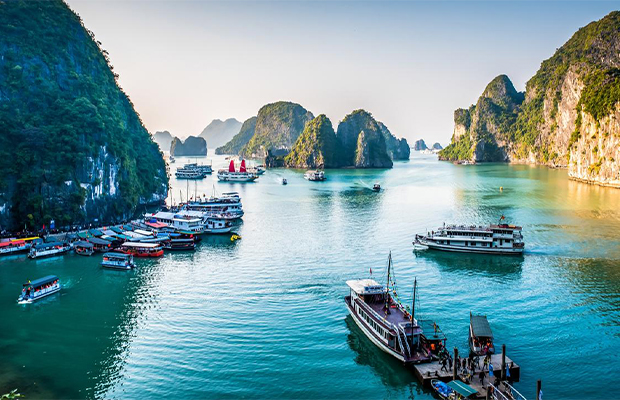
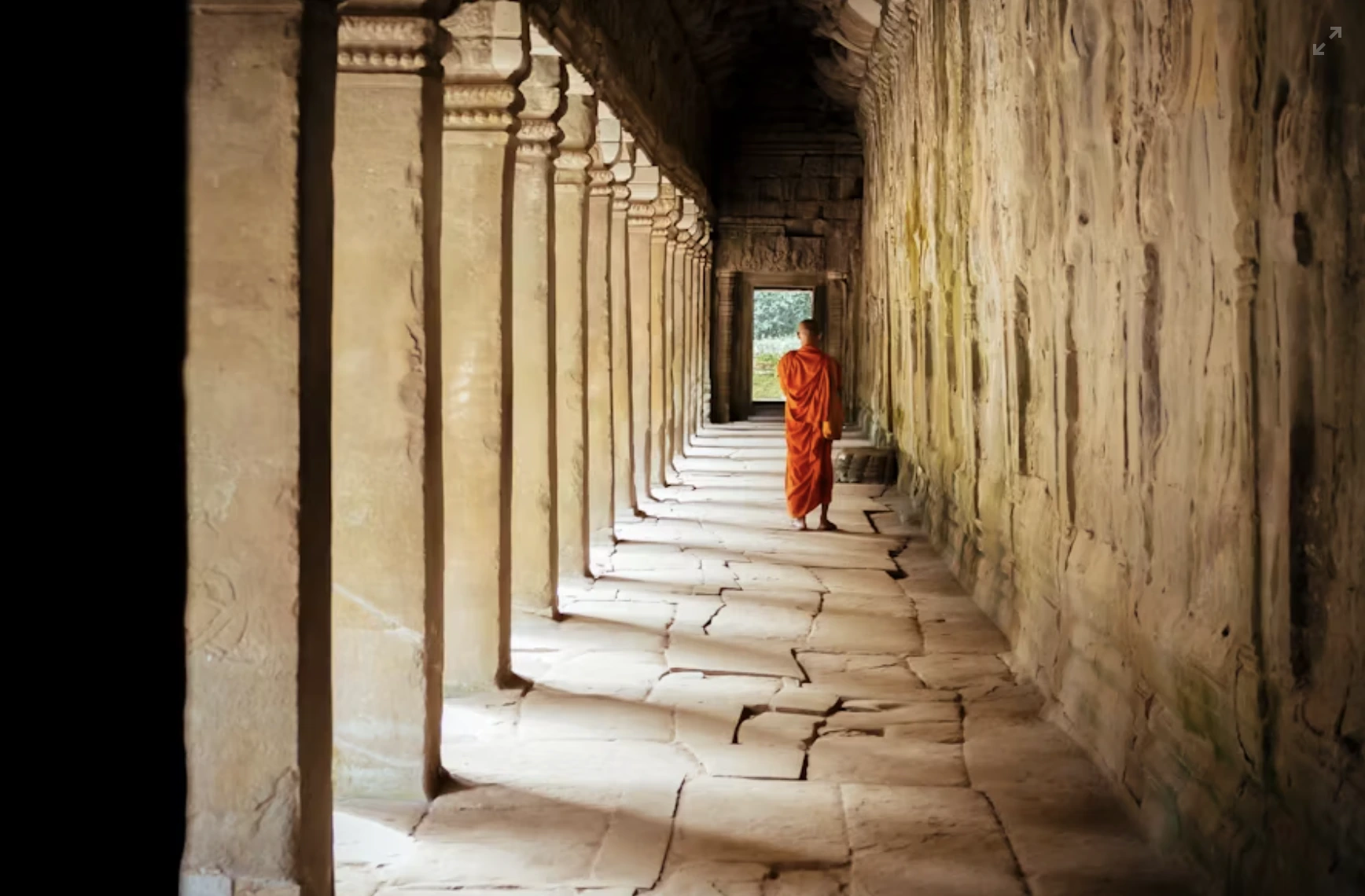
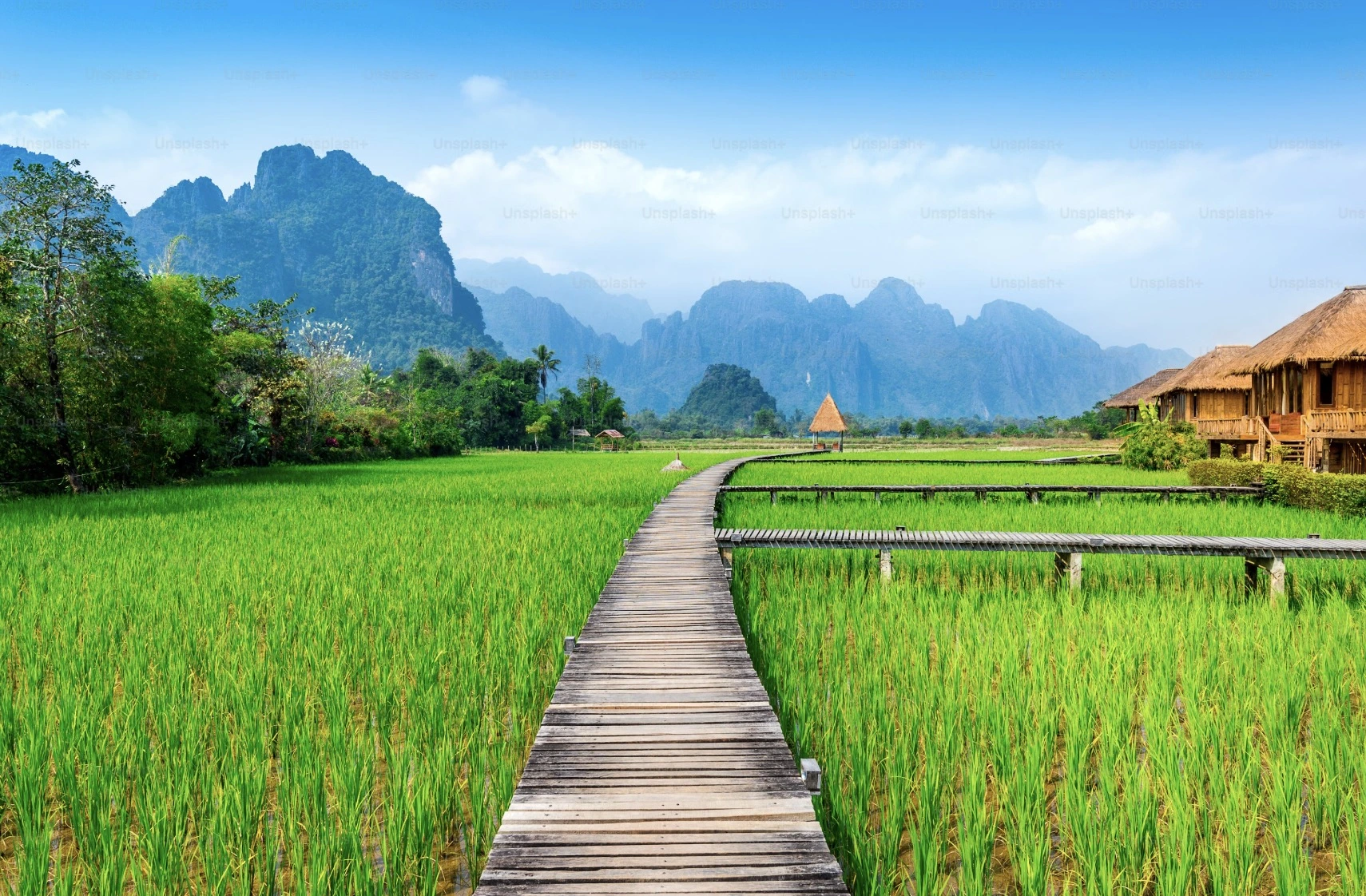
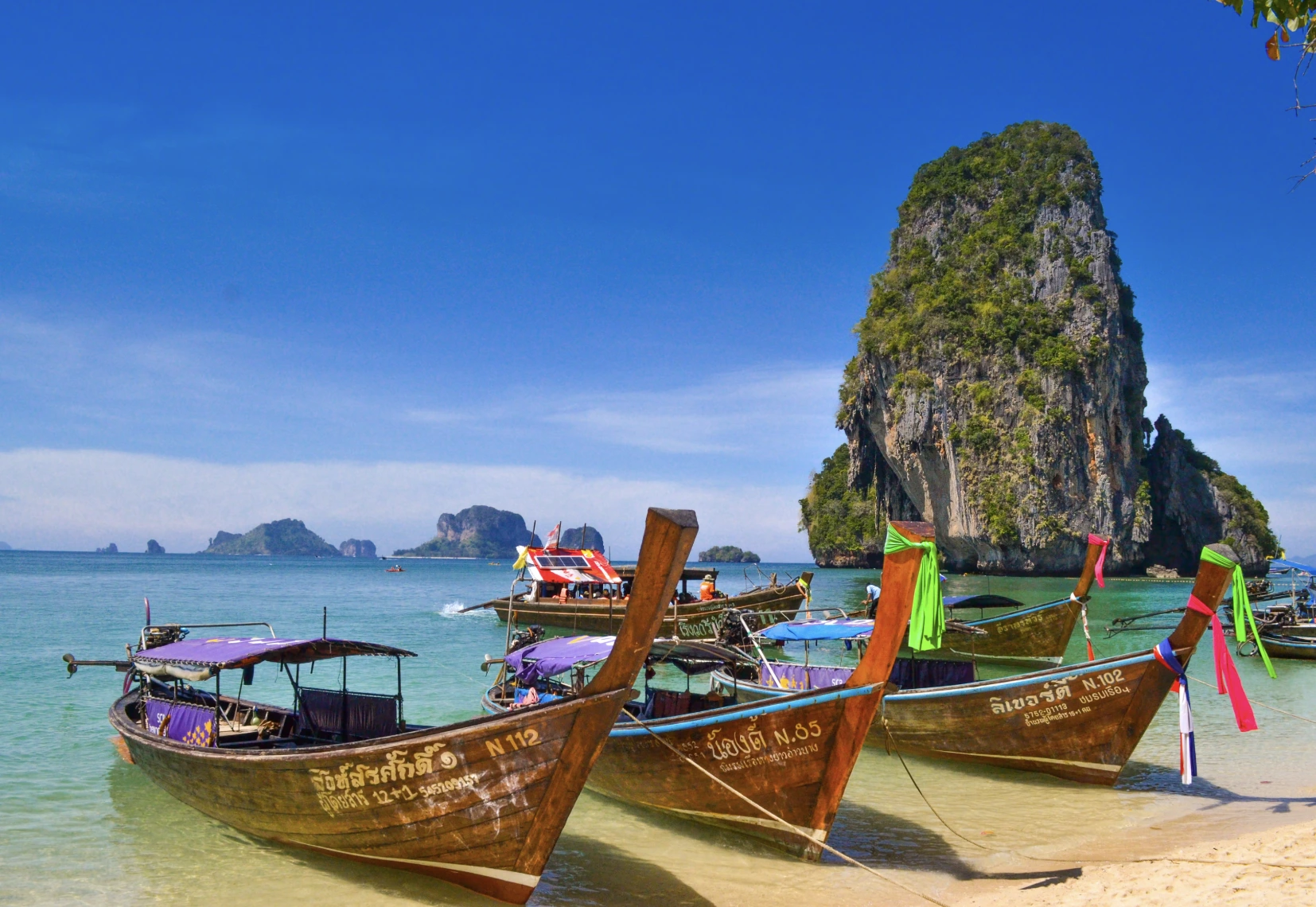
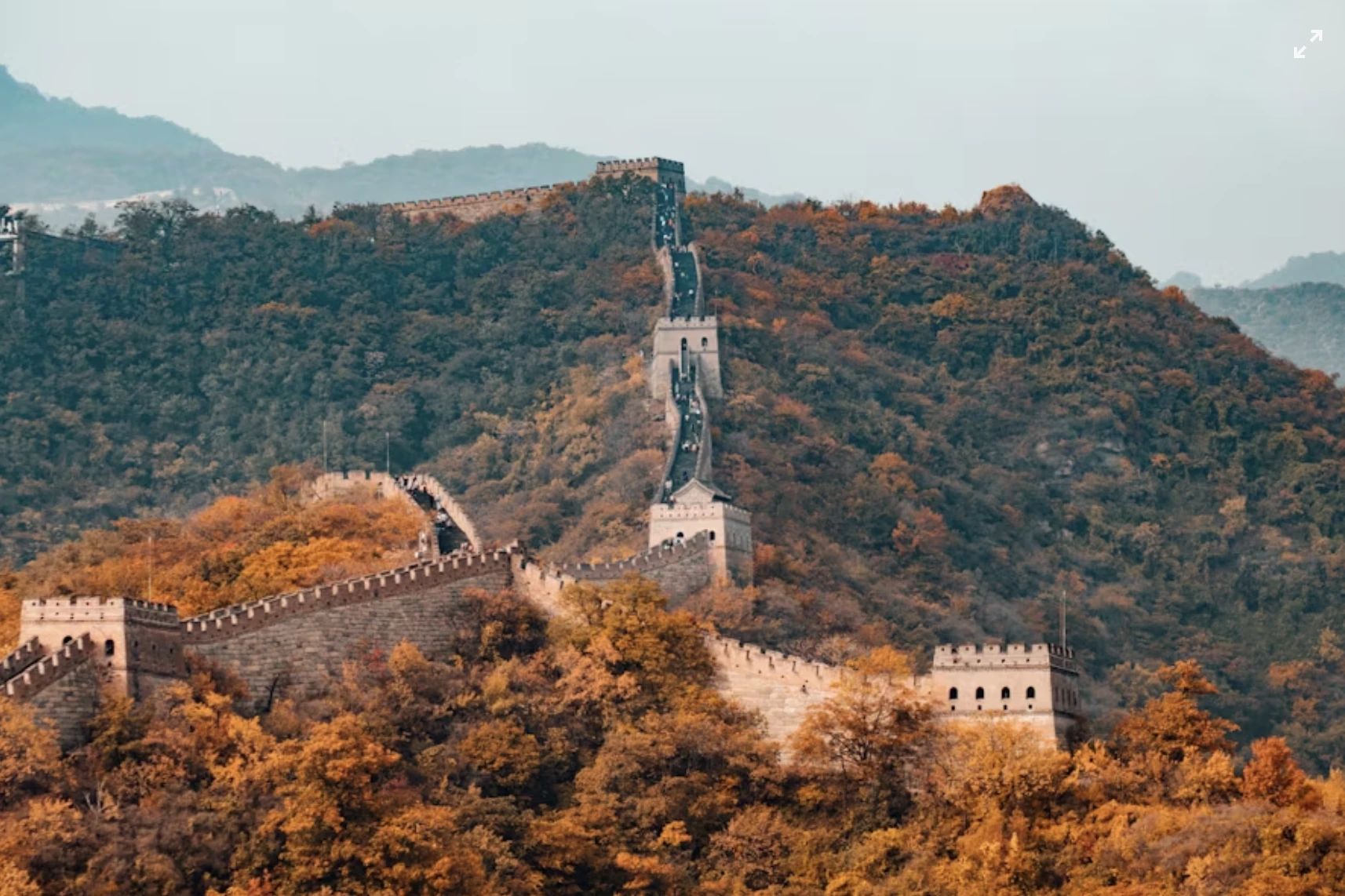


















.jpg)

